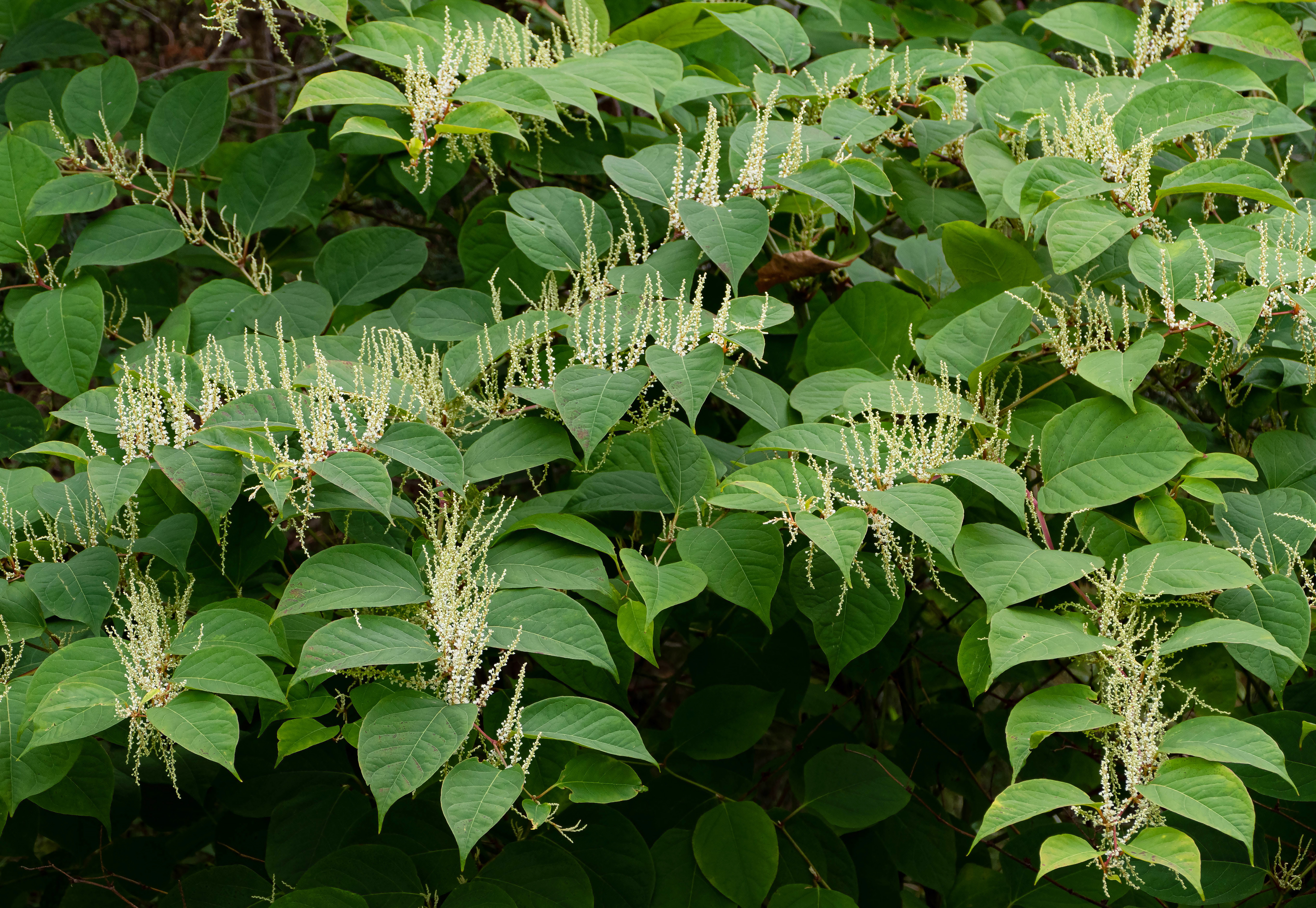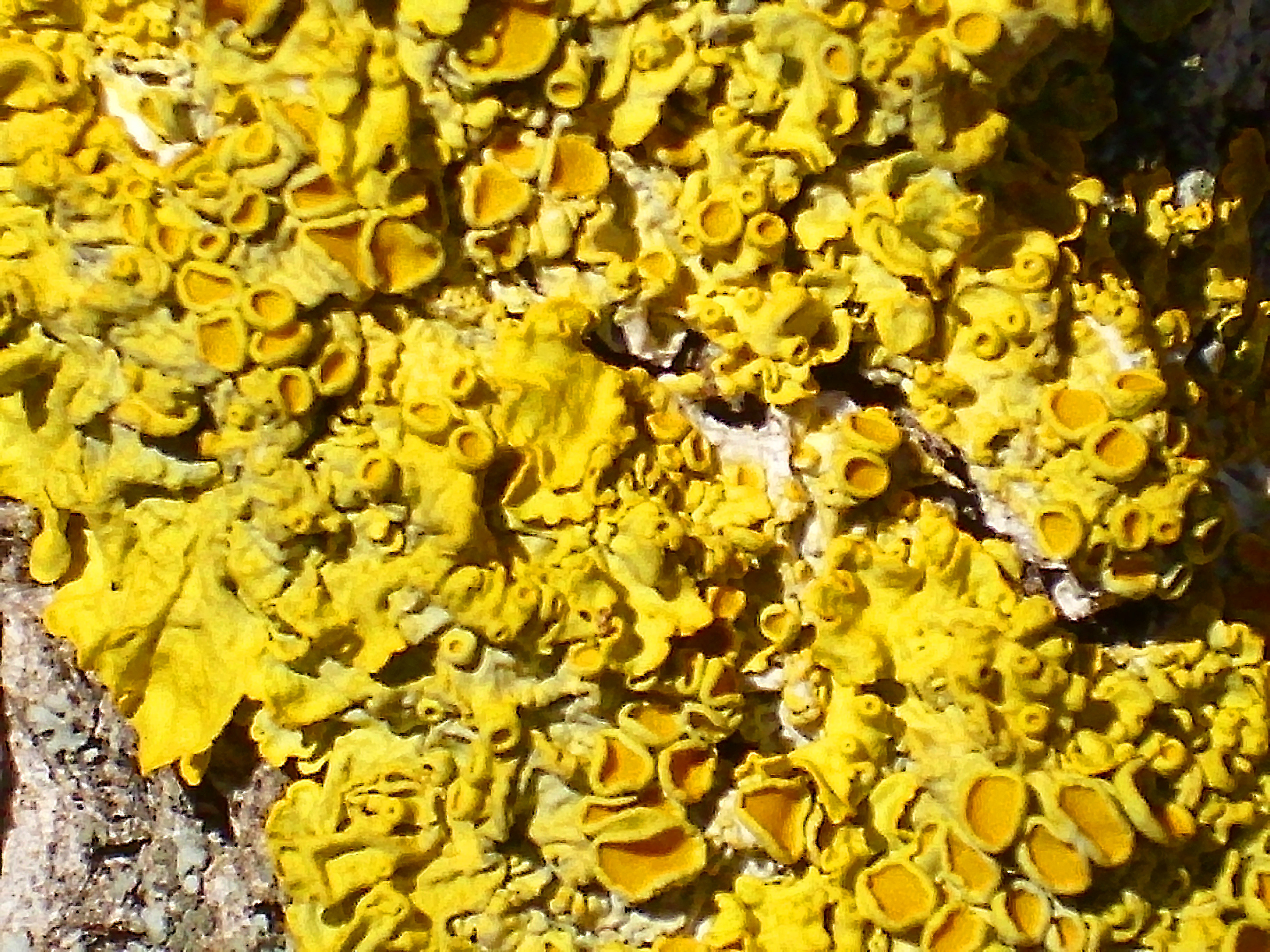|
Filsoniana Rexfilsonii
''Filsoniana rexfilsonii'' is a species of saxicolous (rock-dwelling), crustose lichen in the family Teloschistaceae. Found in Australia, it was formally described as a new species in 2007. The thallus of ''Filsoniana rexfilsonii'' comprises brownish-orange each hosting one to four reproductive structures. Taxonomy The lichen was first formally described in 2007 by the lichenologists Sergey Kondratyuk and Ingvar Kärnefelt; it was initially placed in the genus ''Caloplaca''. The type specimen of ''Caloplaca rexfilsonii'' was collected by the first author in New South Wales at Kiama, specifically from Coronation Park; the specimen was found on rock outcrops situated along the ocean coast. The species epithet honours Australian lichenologist Rex Bertram Filson. The taxon was transferred to the genus ''Filsoniana'' in 2013. Description The thallus of ''Filsoniana rexfilsonii'' comprises ranging from 0.4 to 2.0 mm in width and 0.4 to 0.6 mm in thickness. Each of ... [...More Info...] [...Related Items...] OR: [Wikipedia] [Google] [Baidu] |
Ingvar Kärnefelt
Jan Eric Ingvar Kärnefelt (born 1944) is a Swedish lichenologist. Early life and education Kärnefelt was born in Gothenburg, Sweden in 1944. His initial goal in his higher-level studies at University of Cologne in 1966–1967 was to become a dentist. He changed courses in 1968, turning instead to biology at the University of Gothenburg in 1968. Gunnar Degelius, his first teacher during undergraduate studies in botany in 1968, inspired him and others. After Degelius' retirement in 1969, Ingvar continued his studies at Lund University, where Hans Runemark held a position in systematic botany. In 1971 he met Ove Almborn, who became his supervisor. In 1979, he defended his thesis titled "The brown fruticose species of ''Cetraria''". The thesis was later awarded a prize for the best doctoral dissertation in botany at Lund University during a 5-year period by the Royal Physiographic Society in Lund. Career Kärnefelt became associate professor at the Department of Systematic Bo ... [...More Info...] [...Related Items...] OR: [Wikipedia] [Google] [Baidu] |
Filsoniana
''Filsoniana'' is a genus of squamulose lichens in the family Teloschistaceae. It has six species. It was circumscribed in 2013 by Ingvar Kärnefelt, Arne Thell, Jae-Seoun Hur, Sergey Kondratyuk, and John Elix following a molecular phylogenetic analysis of the Teloschistaceae. The generic name honours Australian lichenologist Rex Filson, "in recognition of his contribution to lichenology, in particular to the lichen flora of Australia". Genus ''Filsoniana'' is distinguished from ''Caloplaca ''Caloplaca'' is a lichen genus comprising a number of distinct species. Members of the genus are commonly called firedot lichen, jewel lichen.Field Guide to California Lichens, Stephen Sharnoff, Yale University Press, 2014, gold lichens, "ora ...'' by its squamulose thallus that contains anthraquinones, in the tissue structure comprising the rim (exciple) of the apothecia, and in differences in the cortical layer on the underside of the exciple. Species *'' Filsoniana australiensi ... [...More Info...] [...Related Items...] OR: [Wikipedia] [Google] [Baidu] |
Willemite
Willemite is a zinc silicate mineral () and a minor ore of zinc. It is highly fluorescent (green) under shortwave ultraviolet light. It occurs in a variety of colors in daylight, in fibrous masses and apple-green gemmy masses. Troostite is a variant in which part of the zinc is partly replaced by manganese, it occurs in solid brown masses. It was discovered in 1829 in the Belgian Vieille-Montagne mine. Armand Lévy was shown samples by a student at the university where he was teaching. Lévy named it after William I of the Netherlands (it is occasionally spelled villemite). The troostite variety is named after Dutch-American mineralogist Gerard Troost. Occurrence Willemite is usually formed as an alteration of previously existing sphalerite ore bodies, and is usually associated with limestone. It is also found in marble and may be the result of a metamorphism of earlier hemimorphite or smithsonite. Crystals have the form of hexagonal prisms terminated by rhombohedral planes: ... [...More Info...] [...Related Items...] OR: [Wikipedia] [Google] [Baidu] |
Dolerite
Diabase (), also called dolerite () or microgabbro, is a mafic, holocrystalline, subvolcanic rock equivalent to volcanic basalt or plutonic gabbro. Diabase dikes and sills are typically shallow intrusive bodies and often exhibit fine-grained to aphanitic chilled margins which may contain tachylite (dark mafic glass). ''Diabase'' is the preferred name in North America, while ''dolerite'' is the preferred name in the rest of the English-speaking world, where sometimes the name ''diabase'' refers to altered dolerites and basalts. Some geologists prefer to avoid confusion by using the name ''microgabbro''. The name ''diabase'' comes from the French ', and ultimately from the Greek - meaning "act of crossing over, transition". Petrography Diabase normally has a fine but visible texture of euhedral lath-shaped plagioclase crystals (62%) set in a finer matrix of clinopyroxene, typically augite (20–29%), with minor olivine (3% up to 12% in olivine diabase), magnetite (2%), and ... [...More Info...] [...Related Items...] OR: [Wikipedia] [Google] [Baidu] |
Basalt
Basalt (; ) is an aphanite, aphanitic (fine-grained) extrusive igneous rock formed from the rapid cooling of low-viscosity lava rich in magnesium and iron (mafic lava) exposed at or very near the planetary surface, surface of a terrestrial planet, rocky planet or natural satellite, moon. More than 90% of all volcanic rock on Earth is basalt. Rapid-cooling, fine-grained basalt is chemically equivalent to slow-cooling, coarse-grained gabbro. The eruption of basalt lava is observed by geologists at about 20 volcanoes per year. Basalt is also an important rock type on other planetary bodies in the Solar System. For example, the bulk of the plains of volcanism on Venus, Venus, which cover ~80% of the surface, are basaltic; the lunar mare, lunar maria are plains of flood-basaltic lava flows; and basalt is a common rock on the surface of Mars. Molten basalt lava has a low viscosity due to its relatively low silica content (between 45% and 52%), resulting in rapidly moving lava flo ... [...More Info...] [...Related Items...] OR: [Wikipedia] [Google] [Baidu] |
Teloschistin
Fallacinol (teloschistin) is an organic compound in the structural class of chemicals known as anthraquinones. It is found in some lichens, particularly in the family Teloschistaceae, as well as a couple of plants and non lichen-forming fungi. In 1936, Japanese chemists isolated a pigment named fallacin from the lichen ''Oxneria fallax'', which was later refined and assigned a tentative structural formula; by 1949, Indian chemists had isolated a substance from ''Teloschistes flavicans'' with an identical structural formula to fallacin. Later research further separated fallacin into two distinct pigments, fallacin-A (later called fallacinal) and fallacin-B (fallacinol). The latter compound is also known as teloschistin due to its structural match with the substance isolated earlier. History In 1936, Japanese chemists Mitizo Asano and Sinobu Fuziwara reported on their chemical investigations into the colour pigments of the lichen ''Xanthoria fallax'' (now known as ''Oxneria fallax'' ... [...More Info...] [...Related Items...] OR: [Wikipedia] [Google] [Baidu] |
Parietinic Acid
Parietinic acid is an organic compound in the structural class of chemicals known as anthraquinones. It is found in many species of the lichen family Teloschistaceae. The substance was first reported in the literature by the German chemist Walter Eschrich in 1958. Occurrence Originally isolated from the lichen ''Xanthoria parietina'', it has since been identified in many lichens of the family Teloschistaceae. In 1970, Johan Santesson proposed a possible biogenetic relationship between the anthraqunone compounds commonly found in ''Caloplaca''. According to this scheme, emodin is methylated to give parietin, which then undergoes three successive oxidations, sequentially forming fallacinol, fallacinal, and then parietinic acid. A is a set of biosynthetically related compounds produced by a lichen. In 2002, Ulrik Søchting and Patrik Frödén identified chemosyndrome A, the most common chemosyndrome in the genus ''Teloschistes'' and in the entire family Teloschistaceae, whic ... [...More Info...] [...Related Items...] OR: [Wikipedia] [Google] [Baidu] |
Fallacinal
Fallacinal is an organic compound in the structural class of chemicals known as anthraquinones. It is found in many species of the lichen family Teloschistaceae. History In 1936, Japanese chemists Mitizo Asano and Sinobu Fuziwara reported on their investigations into the colour pigments of the lichen ''Xanthoria fallax'' (now known as ''Oxneria fallax''), found growing on the bark of mulberry trees. They isolated a biological pigment, pigment they named fallacin. A few years later Asano and Yosio Arata further purified the crude material from this lichen, ultimately obtaining an orange-yellow compound with a molecular formula of C16H12O6. Using information from additional chemical tests, they proposed a tentative structural formula for fallacin. In 1949, T. R. Seshadri and S. Subramanian described their work with the Indian lichen ''Teloschistes flavicans'', in which they isolated an orange substance they named teloschistin, and which had a structural formula identical to that of ... [...More Info...] [...Related Items...] OR: [Wikipedia] [Google] [Baidu] |
Parietin
Parietin is the predominant cortical pigment of lichens in the genus '' Caloplaca'', a secondary product of the lichen ''Xanthoria parietina'', and a pigment found in the roots of Curled Dock (''Rumex crispus''). It has an orangy-yellow color and absorbs blue light. It is also known as physcion. It has also been shown to protect lichens against UV-B light, at high altitudes in Alpine regions. The UV-B light stimulates production of parietin and the parietin protects the lichens from damage. Lichens in arctic regions such as Svarlbard retain this capability though they do not encounter damaging levels of UV-B, a capability that could help protect the lichens in case of Ozone layer thinning. It has also shown anti-fungal activity against barley powdery mildew and cucumber powdery mildew, more efficiently in the latter case than treatments with fenarimol and polyoxin B. It reacts with KOH to form a deep, reddish-magenta compound. Effect on human cancer cells Also found in rhu ... [...More Info...] [...Related Items...] OR: [Wikipedia] [Google] [Baidu] |
Septum
In biology, a septum (Latin for ''something that encloses''; plural septa) is a wall, dividing a cavity or structure into smaller ones. A cavity or structure divided in this way may be referred to as septate. Examples Human anatomy * Interatrial septum, the wall of tissue that is a sectional part of the left and right atria of the heart * Interventricular septum, the wall separating the left and right ventricles of the heart * Lingual septum, a vertical layer of fibrous tissue that separates the halves of the tongue. *Nasal septum: the cartilage wall separating the nostrils of the nose * Alveolar septum: the thin wall which separates the alveoli from each other in the lungs * Orbital septum, a palpebral ligament in the upper and lower eyelids * Septum pellucidum or septum lucidum, a thin structure separating two fluid pockets in the brain * Uterine septum, a malformation of the uterus * Vaginal septum, a lateral or transverse partition inside the vagina * Intermuscular sep ... [...More Info...] [...Related Items...] OR: [Wikipedia] [Google] [Baidu] |
Hymenium
The hymenium is the tissue layer on the hymenophore of a fungal fruiting body where the cells develop into basidia or asci, which produce spores. In some species all of the cells of the hymenium develop into basidia or asci, while in others some cells develop into sterile cells called cystidia (basidiomycetes) or paraphyses (ascomycetes). Cystidia are often important for microscopic identification. The subhymenium consists of the supportive hyphae from which the cells of the hymenium grow, beneath which is the hymenophoral trama, the hyphae that make up the mass of the hymenophore. The position of the hymenium is traditionally the first characteristic used in the classification and identification of mushrooms. Below are some examples of the diverse types which exist among the macroscopic Basidiomycota and Ascomycota. * In agarics, the hymenium is on the vertical faces of the gills. * In boletes and polypores, it is in a spongy mass of downward-pointing tubes. * In puffballs, ... [...More Info...] [...Related Items...] OR: [Wikipedia] [Google] [Baidu] |




